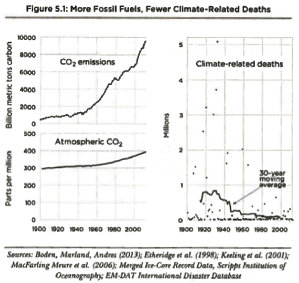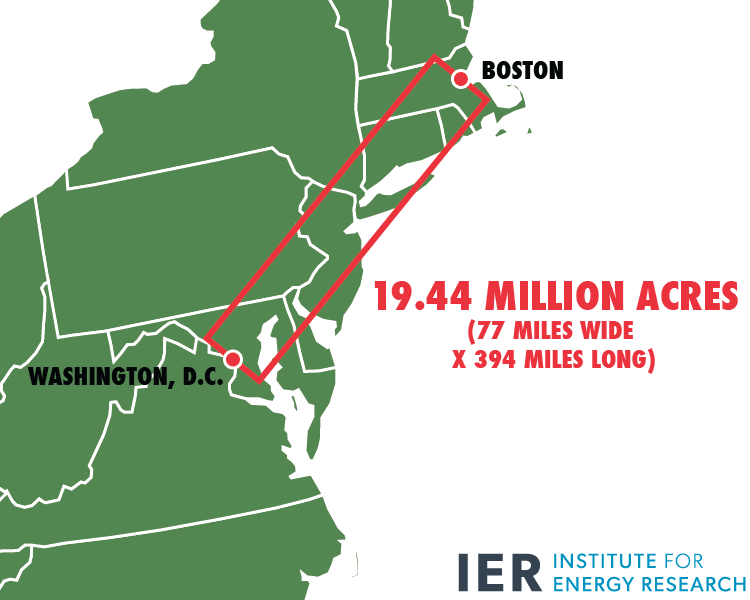In a recent op-ed for the Washington Times, Congressman Rob Bishop slams the Obama administration for moving to block energy development in the Arctic National Wildlife Refuge (ANWR). As Rep. Bishop puts it:
Last week, the Obama administration issued two edicts that could leave much of our strategic energy resources untapped for decades. Mr. Obama announced a plan on Sunday to lock up 12 million acres of Alaska’s Arctic National Wildlife Refuge (ANWR) and on Tuesday, his administration offered the most restrictive offshore oil and gas leasing plan in the history of the program. This is the latest move in a broader regulatory expansion that has drastically driven down production on federal lands during his tenure.
By tightening his grasp on these resources, the president has revealed another lack of leadership on the global stage. This time, it’s America’s future leverage in world affairs and our nation’s path to energy security that’s at stake.
As IER explains here, the President’s plan would designate 12.28 million acres of ANWR as wilderness, thus putting much of Alaska’s vast energy resources under lock and key. This land grab is designed to starve the Trans-Alaskan Pipeline System, which is currently operating at just one-quarter of its total capacity. If production continues to fall, operators would be forced to dismantle the pipeline, effectively marking the end of oil production in Alaska’s Artic region. For a state that relies on the oil industry for approximately 80% of its revenue, this is a veritable death knell being handed down by the Obama administration.
Click here to read IER’s ANWR fact sheet.
Click here to learn more about the Obama administration’s attempt to starve the Alaska pipeline.







